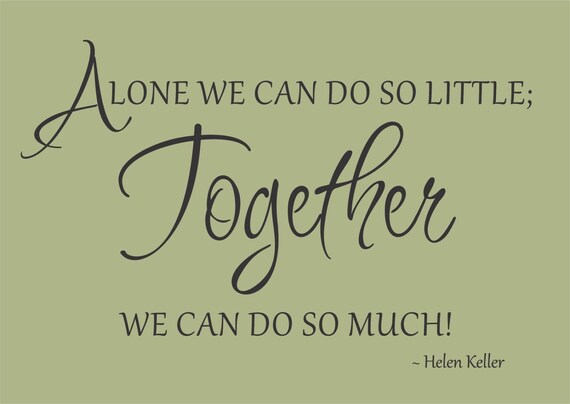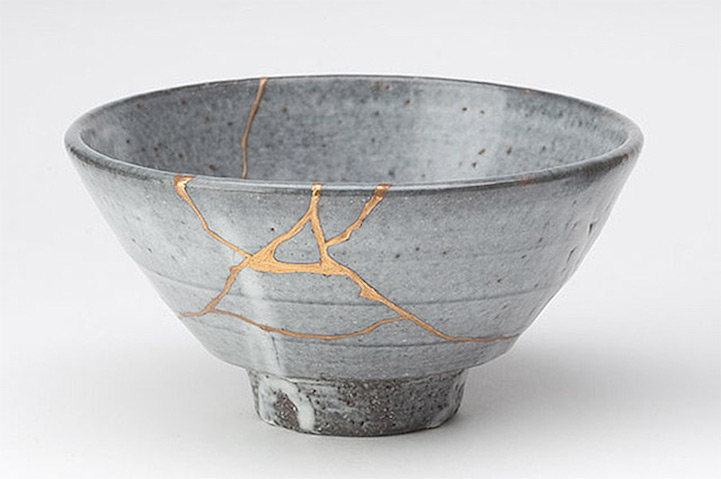My first experience with ISTE was overall positive albeit overwhelming. From the sheer number of people to the overflow in popular sessions, I felt as though I was running from location to location attempting to make the most of the experience. While I did not make it to every interactive lecture that I hoped to attend, I did walk away with a few ideas that caused me to pause and reflect on my thoughts on technology's role in education, instructional coaching, and the future of education. In addition, my digital tote is now full of countless resources, links, and people with whom I can continue to learn from in the coming months. Despite a little fatigue from carrying way too much around with me and traveling down to the city, which is not my favorite trip to make alone, I also feel my passion reignited and motivated to tackle my new role as my school's instructional coach with fervor and a better perspective on how to best serve my colleagues and the school community.
At a tech conference, the attendees are generally well-versed in the latest educational technology tools, lovers of all things Google, and eager to share resources, ideas, and tips. The amount of information and tool options can feel daunting because the list of tools is continuously evolving and growing. Too much of a good thing can become cumbersome. After weeding through my thoughts, one of my takeaways that was reinforced throughout sessions and conversations with colleagues and friends is that "the what" matters far less than "the how" and "the why." Whether a person chooses to use Google Classroom, Blackboard, or another LMS (the what) matters less than the how it is implemented and why we are using it to support student learners. The same concept applies to any strategy or instructional tool utilized in attempts to engage students, make learning and teaching more efficient, and deliver content more effectively. No matter what we use to educate students, we should continue the dialogue on how and why we are infusing content and learning strategies in our daily practices both in and out of the classroom because the what will continue to evolve and so will the needs of our students.
 Another theme of the conference highlighted was yet another "e" - empowerment. Whether the message was focused on empowering teachers to attempt to push their instructional strategies further by personalizing learning or empowering students to use digital platforms to create change and impact their communities, the conference experience was designed to encourage teachers to be an agent for positive growth in their respective positions, schools, and learning networks. In an age in which our lives are documented, both voluntarily and involuntarily, online, we need to remember that we can connect with people around the world and can build relationships that will allow us to use our voices to make a positive impact on those with whom we connect. In addition, we can also access resources that expand our perspectives, enhance our knowledge within our content areas, and challenge us to improve our instructional practices with every passing semester. When I consider empowering my students, I return to the notion that we are in the business of people - specifically young people. No matter how the mode of education evolves (because it will evolve dramatically in the next decade), what is most important is the relationships we cultivate with our students, fellow educators, and our community as a whole. Relationships will allow us to help students grow into curious, life-long learners that are able to pursue their passions and interests beyond our walls successfully. Ultimately, that is all of our goal and job as educators.
Another theme of the conference highlighted was yet another "e" - empowerment. Whether the message was focused on empowering teachers to attempt to push their instructional strategies further by personalizing learning or empowering students to use digital platforms to create change and impact their communities, the conference experience was designed to encourage teachers to be an agent for positive growth in their respective positions, schools, and learning networks. In an age in which our lives are documented, both voluntarily and involuntarily, online, we need to remember that we can connect with people around the world and can build relationships that will allow us to use our voices to make a positive impact on those with whom we connect. In addition, we can also access resources that expand our perspectives, enhance our knowledge within our content areas, and challenge us to improve our instructional practices with every passing semester. When I consider empowering my students, I return to the notion that we are in the business of people - specifically young people. No matter how the mode of education evolves (because it will evolve dramatically in the next decade), what is most important is the relationships we cultivate with our students, fellow educators, and our community as a whole. Relationships will allow us to help students grow into curious, life-long learners that are able to pursue their passions and interests beyond our walls successfully. Ultimately, that is all of our goal and job as educators. As with any new experience, I do have a short list of what I wish I knew before attempting to undergo this instructional idea overload, which includes (1) being prepared for the long lines that we needed to get into an hour before sessions started if we truly wanted to attend a specific session. Too many people and not enough chairs for popular sessions, especially related to instructional coaching, did end with being turned away from a learning opportunity on more than one occasion. Also, (2) I wish I had planned to attend less and previewed the digital resources with more care while I was scheduling my day. Realistically, a person cannot participate in more than three sessions in a day and explore the playground, posters, and vendor expo that ran concurrently with interactive sessions. Incorporating a little more downtime in my schedule might have allowed me to target the meaningful sessions for me to attend.
As with any new experience, I do have a short list of what I wish I knew before attempting to undergo this instructional idea overload, which includes (1) being prepared for the long lines that we needed to get into an hour before sessions started if we truly wanted to attend a specific session. Too many people and not enough chairs for popular sessions, especially related to instructional coaching, did end with being turned away from a learning opportunity on more than one occasion. Also, (2) I wish I had planned to attend less and previewed the digital resources with more care while I was scheduling my day. Realistically, a person cannot participate in more than three sessions in a day and explore the playground, posters, and vendor expo that ran concurrently with interactive sessions. Incorporating a little more downtime in my schedule might have allowed me to target the meaningful sessions for me to attend.While walking through the vendor expo was not high on my priority list, (3) I wish I would have taken a little more time to examine which vendors were in attendance that I use. Of course I walked through the Google for Education both and checked out the newest upgrades coming this fall (I can't wait, by the way), and I went and spoke directly to my district's Canvas rep who I will be working with quite a bit on the phone this coming year, I could have met with a few other vendors for programs that I use or would like to utilize next school year (like Flipgrid). Meeting a representative face-to-face can lead to strong relationships, additional assistance and support, and even provide new ideas and implementation tips to improve student learning in the classroom. (5) My final wish was that I had scheduled more time to reflect. Some of my most valuable moments at ISTE were the times I had to spend with my colleagues - especially my fellow instructional coaches. Having conversations, both personal and professional, made me excited about the coming school year, will allow us to collaborate more effectively, and encouraged me to reflect on what I was learning in that moment as well as start planning for the fall. In addition to investing in quality time with people in my district, I also had the opportunity to connect with a few of my favorite Twitter/teacher friends that I have made over the years, which was much needed and just so much fun. I love my teacher tribe!
Ultimately, ISTE or any professional development experience is most effective when it's personalized to individual interest and needs. Strong professional development is less about what sessions one attends; it is more about the people the attendee is with and the reflection that results after the experience is over. Again, we are the in the business of people; attending with colleagues with whom we can share ideas and collaborate in the moment and the future can make any experience more meaningful and certainly more fun.


































